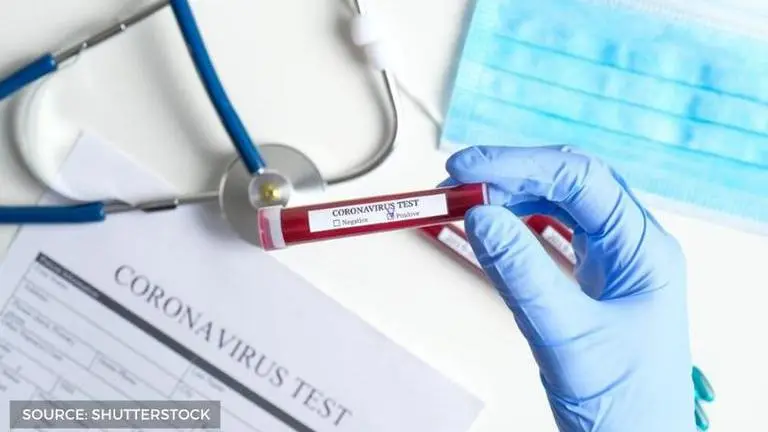Updated 20 March 2020 at 14:59 IST
How is Coronavirus tested? Know the procedure of taking samples and testing of COVID-19
In addition to the symptoms and preventive measures, it is also important to know how is coronavirus tested. Read to know the process of testing COVID-19.
- Lifestyle News
- 4 min read

While the government and media all across the world have been trying their best to spread the awareness of Coronavirus, its symptoms and prevention, there is not much information on how is Coronavirus tested. It is important that people know what is the procedure of Coronavirus test. This will help one understand the system better and have complete awareness about this life-threatening virus.
The latest: The global total #COVID19 caseload is approaching 1/4 million.
— Laurie Garrett (@Laurie_Garrett) March 20, 2020
And the USA has moved up from the 8th largest, to 6th largest national epidemic.
Italy has about half as many cases as China, but nearly 400 more deaths.
It's all pretty ominous. pic.twitter.com/QOlM5RQeUD
How is Coronavirus tested?
As per a circular shared by the Ministry of Health and Family Welfare, India, one of the first instructions given to the medical professionals is to take specimens of those who are properly monitored for the symptoms of Coronavirus. This is done so that there is no wastage of Coronavirus test kits. There are a number of samples that can be taken from a possibly infected person. These include:
Advertisement
- A swab test: The lab will use a special cotton swab and take samples from your nose and back of the throat. As per Michael Harrison, a pathologist and the CEO of Brisbane-based pathology, the virus seems to be replicating in the nose and throat.
- A nasal or tracheal aspirate: A saline solution is injected in the nose and a sample is removed with gentle suction. Another way is to use a bronchoscope, which a thin, lighted tube, and take a sample from the lungs.
- Blood test: A simple sample of blood is taken and sent to the labs for testing.
As per the MOHFW India, after the samples are taken, they are properly sealed in tests that include small test tubes. Other adsorbent materials like cotton, tissue paper, with paraffin, seizer, cello tape are also in the coronavirus test kit. After sealing the test, they are placed in a leak-proof container and places inside frozen gel packs and then in a hard-box.
Advertisement
Image taken from Ministry of Health and Family Welfare, India circular
The medical staff who is responsible for handling the tests have to wear protective equipment like gloves, gowns, and masks. A leading daily has quoted the director of Doherty Institute in Australia, who shared what happens to these samples. These samples are tested using the PCR technique, which is the Polymerase chain reaction. They look for the genetic material of the virus.
The PCR amplifies the material so that it can be detected. This technique is also used for other viruses like HIV, Hepatitis C and influenzas. Michael Harrison shared that it takes six hours for the test to take place and for them to get the results. Finally, it is decided whether the test is positive or negative.
Professor Lewin talked about how the ingredients of testing COVID-19 are generic, but there one particular element, known as the primer, which is used. This is matched with the genetic material that contains the virus. The blood tests help in knowing the immunity of the patient, so as to suggest whether they should be resting or if they can go on with their normal routines. They also shared that the time your samples are taken to get the results do not depend on whether it is positive or negative.
Coronavirus symptoms
Coronavirus symptoms begin with headache, fatigue and dry cough. Slowly, the patient develops fever and muscle pain. A serious stage is shortness of breath along with intense coughing. It is important to keep monitoring for symptoms and ensure that a test is taken only after there are proper signs of coronavirus being present.
Source: Shutterstock
Published By : Yashika Sharma
Published On: 20 March 2020 at 14:59 IST





